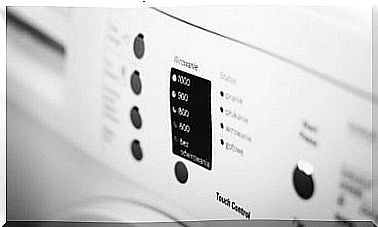7 Tips To Reduce Mites At Home
Mites can survive for a long time, so it is advisable to wash seasonal change clothes, as well as duvets and the like, before using them
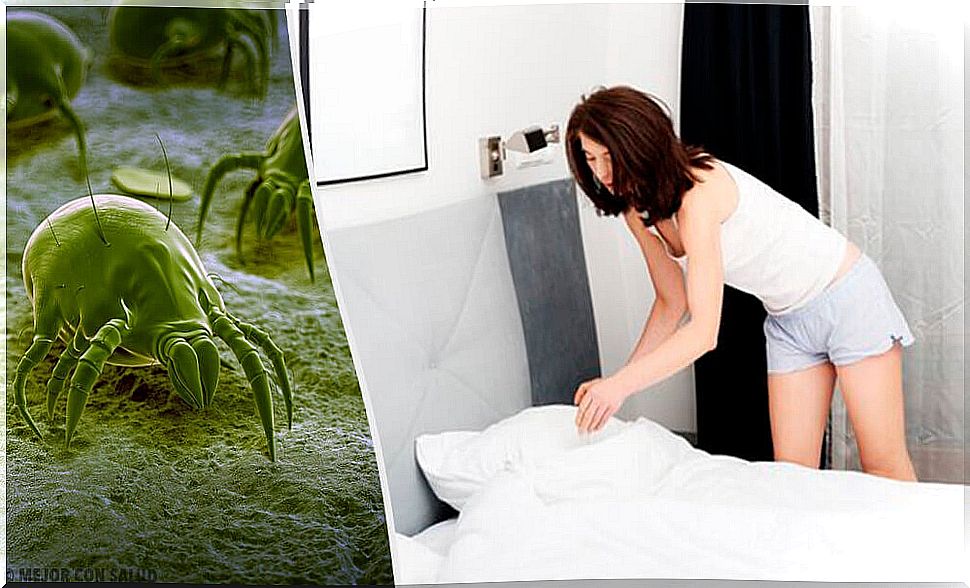
Mites are microscopic organisms that live on fabrics or similar surfaces. They are not considered insects as such, but arthropods. In fact, they are considered to be “close cousins” of ticks and arachnids.
Beyond its definition, we know that they accumulate mainly in the bedroom (mattresses and pillows are their favorite homes) and can cause allergies and illnesses. Therefore in this article we will tell you how to reduce them.
What are mites?
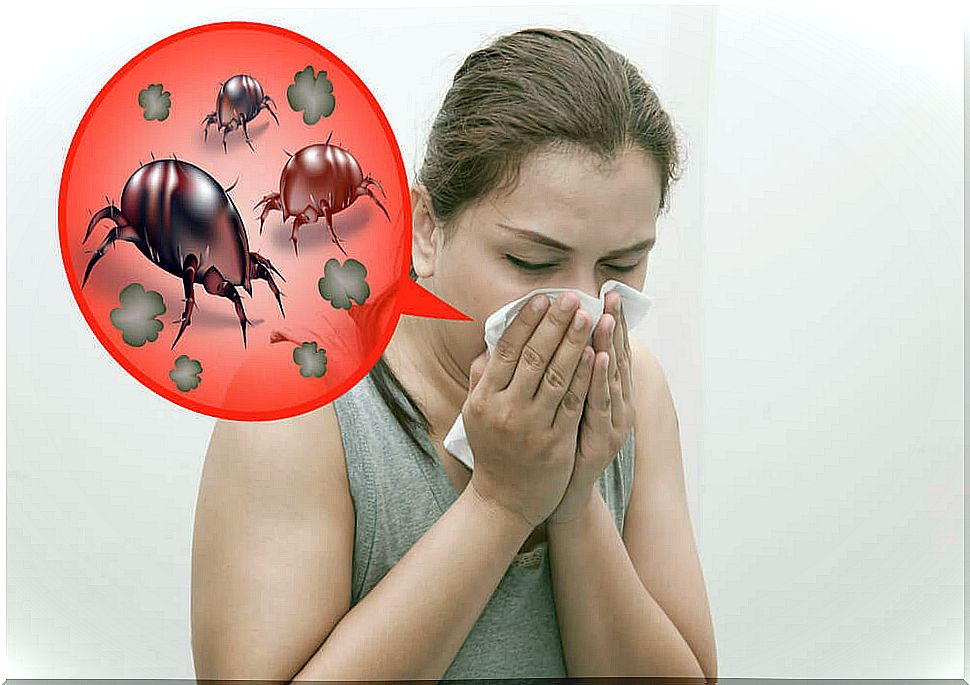
As we already mentioned, mites are a subclass of arachnids and do not measure more than a few millimeters in length. They have diverse habitats and have colonized terrestrial and marine environments, and even extreme sites such as deserts, high mountains, and hot springs.
Many mites feed on moss, leaves, ferns, stems, and flowers, others live off crops (pests).
Some cause allergies in people and others are parasites of animals. In the first case it is due to excrement and dead specimens (which we do not see, but which accumulate at home).
Dust mites can be in any environment and can be inhaled inadvertently, triggering a perennial allergy or asthma. This type abounds in mattresses, blankets, sheets, pillows and sofas and can live up to 3 months. In that period they can lay up to one hundred eggs.
The most favorable times for reproduction are autumn and spring. Among the symptoms of allergy to dust mites we can find:
- Runny nose
- Nasal congestion
- Wheezing
- Redness of the skin
- Watery and itchy eyes
- Sneezing (especially in the morning)
How to reduce mites at home
Due to their tiny size and they can be present in any place that we usually use, such as the bed or the sofa, many times we do not realize that they have taken over our room or room until the first symptoms begin. Therefore, cleaning is essential for the prevention of allergies or asthma caused by this organism.
Some tips that may be helpful are as follows.
1. Change the bedding regularly
Mites mainly feed on dust and dead skin. When we sleep we release particles so that these microorganisms can feast on. Therefore, try to change sheets and blankets every one to two weeks.
2. Wash at high temperatures
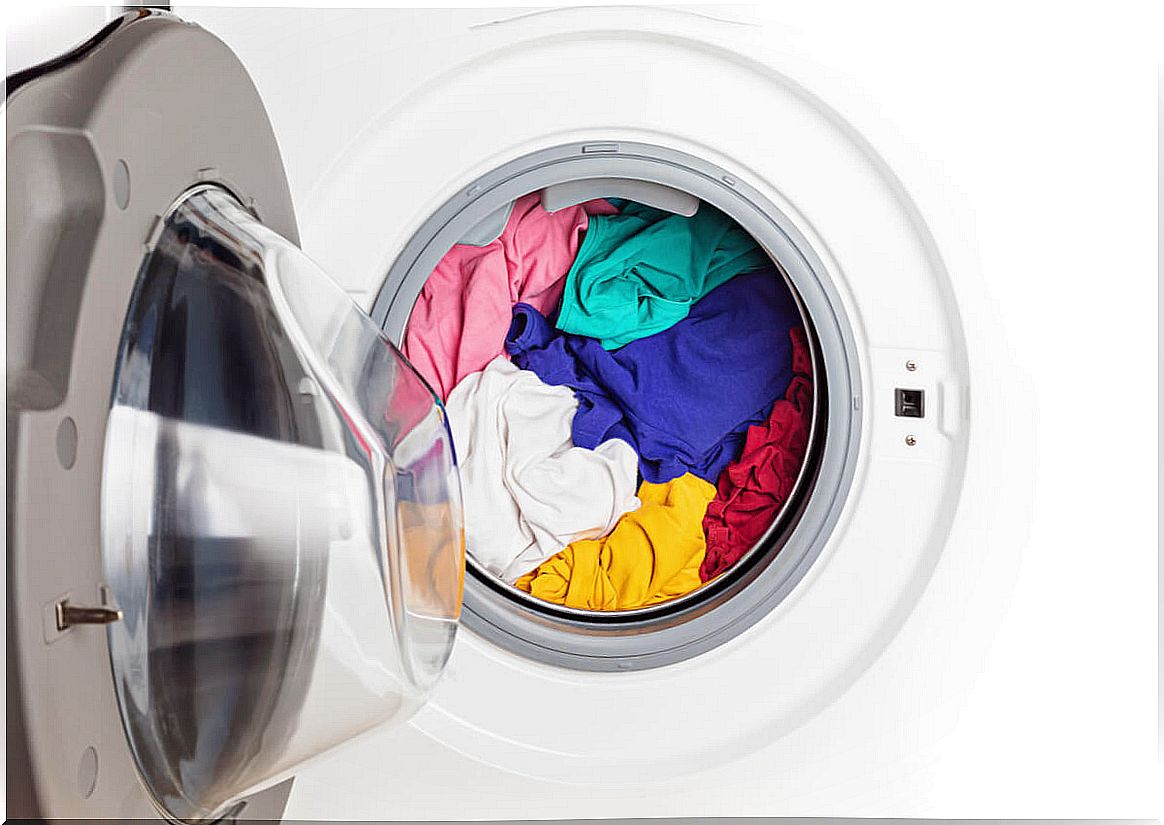
All bedding should be washed with water as hot as possible (approximately 55 ° C). You can program the washing machine at that temperature.
Feel free to use a good quality, powerful detergent. We recommend products that contain eucalyptus, tea tree or cedar oil to increase the effectiveness of the wash.
- If you use cold or warm water, you should use, in addition to laundry detergent, some type of bleach suitable for garments.
- Do not mix bedding with other clothes to prevent mites from passing from one object to another.
- After washing you can rinse the washing machine with hot water to completely get rid of parasites.
- To dry the clothes, place in the sun all day after going through the hot dryer.
3. Vacuum weekly
This appliance is not only used for carpets, but it can also be used for the sofa, curtains, chairs (depending on the upholstery they have), the bed, etc., that is, all those furniture or places where people they lie down and can leave dead skin cells.
- For the vacuum cleaner to do its job effectively, it must have a double-layered bag with a microfilter, that is, one that traps dust particles and mites at the same time.
- Keep in mind that vacuuming surfaces is not a guarantee that these pathogens and their allergens will disappear.
- The good thing is that the dust and the particles with which they feed are reduced quite a bit. Do not forget to do the proper maintenance of the vacuum cleaner so that it works better.
4. Steam clean
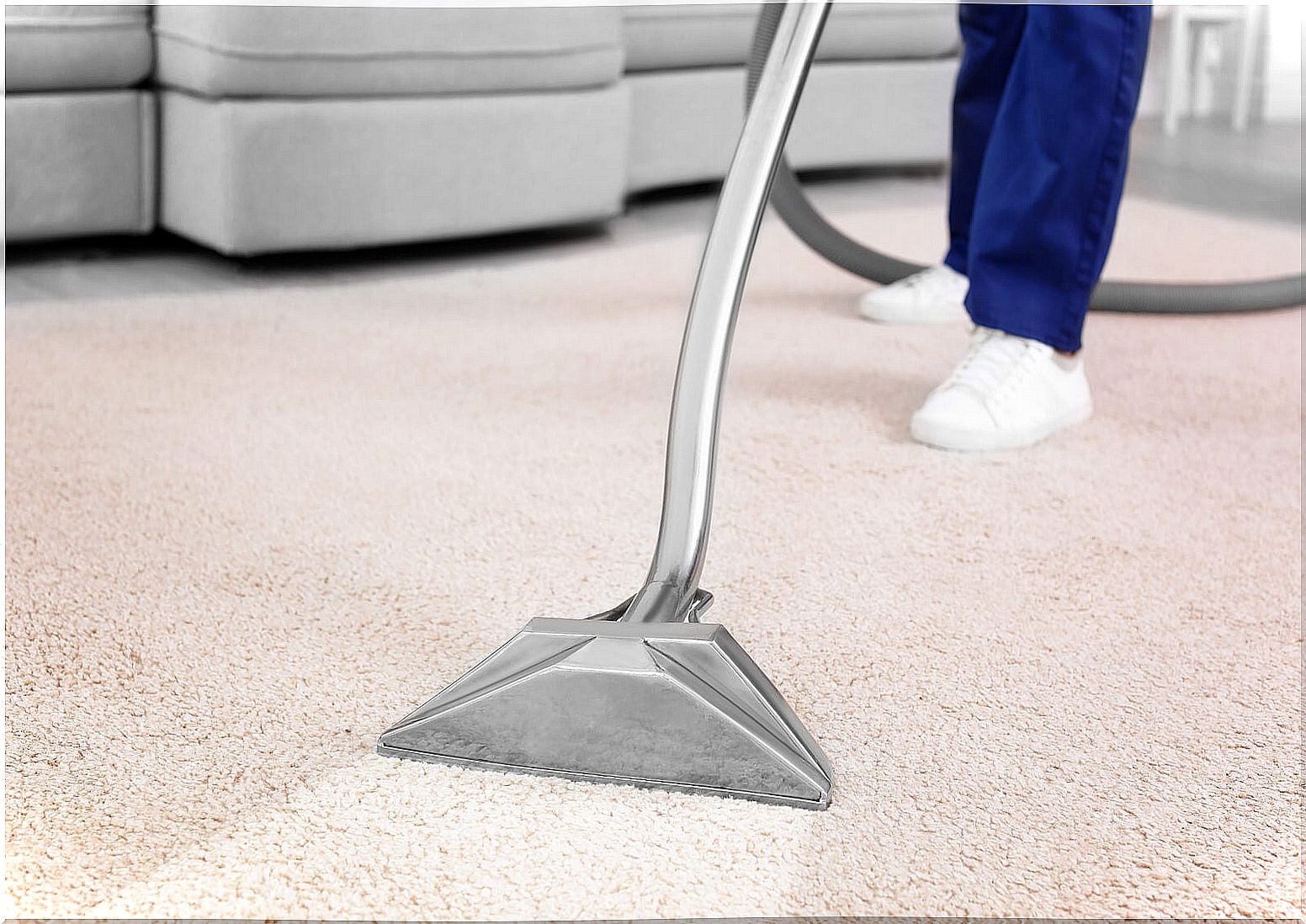
Especially if you have rugs on the floor. This option dissolves dirt, but it also kills germs and mites on both the surface and deeper parts of the fabric.
After this cleaning, you must pass a dryer or dry product, since humidity can create the ideal environment for bacteria to accumulate and attract the attention of these microorganisms.
- In turn, we recommend that you do not use dusters or dry rags, because they spread allergens in the air.
- Better to use a damp cloth or mop to remove dust and dirt from dry surfaces.
5. Wash stored clothes
It is common to store blankets and warm clothing when summer begins and then remove them as soon as winter begins.
- Before putting them to bed or using them, we advise you to wash them first.
- During the entire time they were in a box or under the bed the mites multiplied and survived the confinement.
6. Cover with covers
Dust-proof anti-allergy covers are sold on the market that are made of well-woven fabric to prevent mites from establishing themselves.
The pillows better that they are of synthetic filling. For their part, suitable mattresses are those that contain memory foam.
7. Say goodbye to stuffed animals and rugs

To prevent mites from wreaking havoc on our health, it is better to reduce the surfaces where they can develop, such as stuffed toys and carpeted floors.
We also recommend that you do not sleep on the sofa, to prevent them from proliferating on it, and that you have the least amount of objects that attract dust.
A minimalist decoration can be the key. And don’t forget to ventilate the rooms at least once a week.
